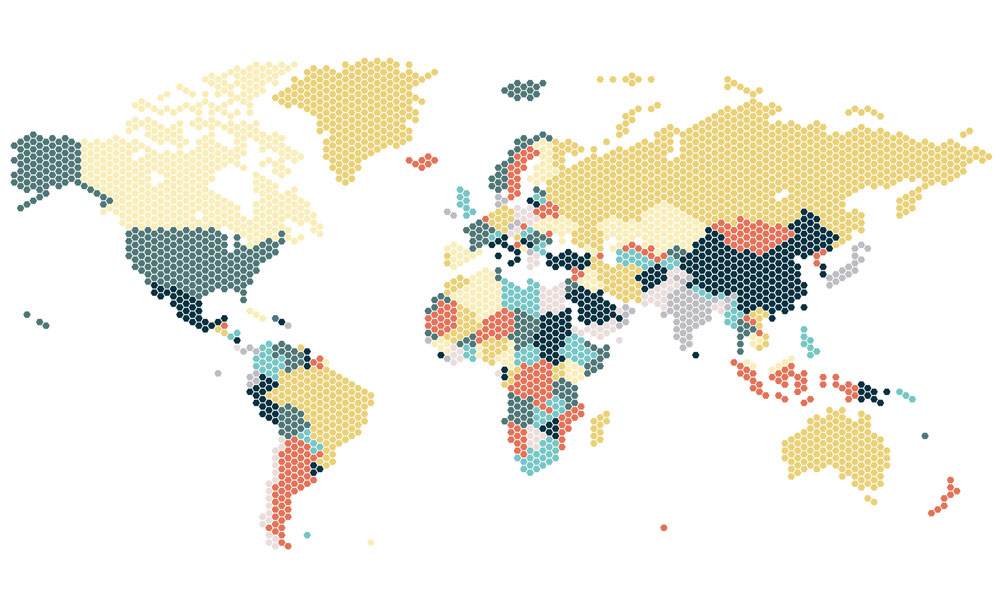
Slow and steady wins the race.
Despite a sluggish macroeconomic environment and jittery consumers and businesses, US media ad spend is expected to increase by 3.4% in 2023, according to a Magna forecast released Monday.
The estimate is down slightly from Magna’s 3.7% growth rate forecast in December. Ad spend will actually grow 5.2% from the year before, once the effects of last year’s Olympics, World Cup and political campaigns are excluded.
Bank collapses and tech company layoffs notwithstanding, the overall US macroeconomic outlook has “stopped deteriorating,” said Vincent Letang, EVP of market intelligence at Magna.
Magna bases its forecasts partially on research from the Federal Reserve Bank of Philadelphia’s Survey of Professional Forecasters, which predicted in its February survey that GDP will increase 1.3% in 2023. It also anticipated that both inflation – which reached a peak of about 9% in June 2022 – and unemployment rates will stay below 4% this year.
The resilience of ad revenues is in stark contrast to how they fared a decade or two ago, when digital advertising either didn’t exist or was in a nascent state.
During 2008’s Great Recession, ad revenues fell by 10% to 15%, Letang said, which is in contrast to during the COVID-19 pandemic, when US ad spend remained flat. “Almost 70% of total advertising spending is on digital ad formats, and for big national consumer brands, it’s about 50% to 60% [of revenue],” Letang said.
Top shelf
Digital ad formats disproportionately benefit from what Letang calls organic growth drivers, “which means we can trust these factors to grow the market even if the economy is sluggish,” he said. Examples of organic growth drivers include retail media networks, the rise of ad-supported video streaming plans and the rebound of the auto sector.
Product categories like CPG, food and beverage, and personal care have increasingly turned to ecommerce in the last few years, according to Letang. Brands are reallocating spend from in-store marketing, such as preferential shelving in supermarkets, to retail media networks.
“Retail media networks are the driver that keeps giving,” Letang said. “It’s even bigger than we initially thought.”
Magna expects retail media advertising revenues to grow 15% in 2023 to $41 billion.
In turn, the money that flows into retail media networks goes to search, video or display advertising, which grow the advertising market.
Strength in streaming
Nearly 70% of households now use streaming platforms, per a 2022 white paper from market research and consulting company Parks Associates. The widespread adoption of streaming is leading to increased spend by brands to try to target that audience, according to Letang.
The 20% growth of streaming advertising compensates for the erosion of linear TV campaigns, which will drop 5%.
Linear TV ratings have waned year after year, but until recently, inflation helped mitigate those losses. This year, however, Magna anticipates that linear TV inflation will cool down significantly, revealing the effects of softer demand.
The trend of premium long-form streaming platforms like Netflix, Hulu, HBO and Disney+ shifting back toward ad-supported business models is an “attractive” opportunity for brands, Letang said. By putting more money into streaming, brands can “find audiences, especially young audiences that were increasingly hard and expensive to reach through traditional linear television networks.”
Grand Prix of ad spend
The automotive industry is expected to come roaring back in 2023, as the supply chain woes that hit distributors of semiconductors and other car parts are abating. Pent-up demand from people who delayed their car purchases has driven increased car sales every month since August, after 12 months of steady decreases.
Magna expects a 10% increase in car sales in 2023, leading car dealers and brands to ramp up advertising efforts to the tune of 10% to 15% more. The auto industry “can’t take it for granted that people will return to the brands they’ve used in the past,” Letang said.
The pandemic changed the way people buy cars, moving the purchase process online. Also, the transition to electric cars has accelerated, so manufacturers need to raise brand awareness of the electric models they offer at different price points and for various market segments.
Getting OOH with it
As for other verticals, travel and entertainment are also part of Magna’s winners’ circle, and insurance will experience moderate growth of 5%.
Verticals that Magna predicts will decrease ad spending include CPG, food and beverage, retail, restaurants and finance (aside from insurance, the biggest slice of the financial pie).
The recovery of the auto industry will fuel advertising revenue across the board but is particularly good news for out-of-home revenues, as auto heavily uses OOH.
OOH is doing well as a whole, posting a full recovery from the “audience crisis” it faced during pandemic lockdown days. Magna projects OOH will increase by 6% to $9.6 billion. “We expect [OOH] to be the only traditional media category to post some real growth this year,” Letang said.
Digital OOH also benefits from its embrace of programmatic, which allows for “more flexible, more cost-effective” digital billboards.
Brand safety is another advantage of OOH advertising. OOH ads are never going to run against “some dark, dodgy content,” Letang said. “There’s typically a loop of five to six brands [on a digital billboard], but that’s easily controlled, compared to online advertising.”
And OOH doesn’t have to worry about the “eroding reach in consumption” other channels face, he said. After all, “you cannot skip a billboard.”






 By
By 


How can it be that CPG will go down while retail media is providing much of the growth? Significant moves by the vertical out of other media types?